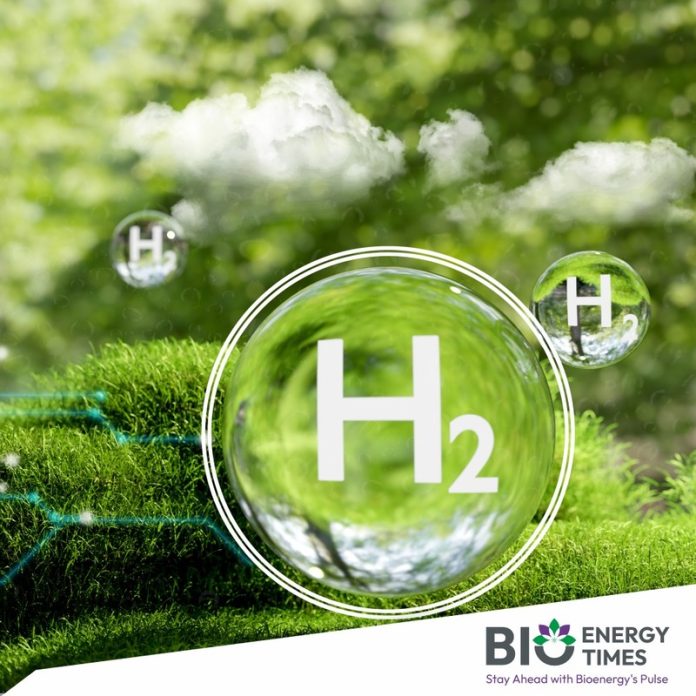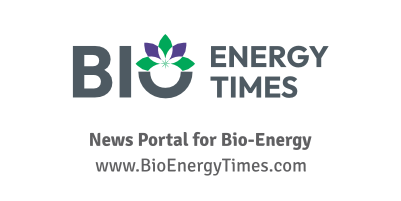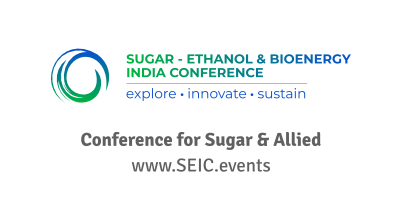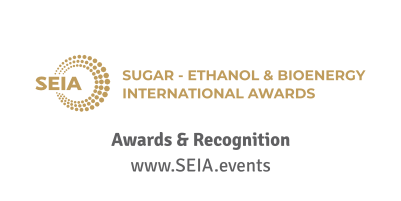The European Union has approved nearly €1 billion in funding to support 15 new green hydrogen projects in five countries across the European Economic Area. This move is part of the EU’s broader strategy to reduce pollution and boost the use of clean energy, reports Carbon Credits.
The projects, funded through the EU Innovation Fund, aim to produce 2.2 million tonnes of green hydrogen over the next decade. This is expected to prevent over 15 million tonnes of carbon dioxide from being released into the atmosphere—equivalent to taking around 9 million cars off the road for a year. The green hydrogen will mainly be used in industries like steel and chemicals, as well as in transport sectors such as shipping and aviation, which are difficult to power with electricity alone.
Green hydrogen is made by using electricity from renewable sources like wind and solar to break water into hydrogen and oxygen. This method avoids the pollution created by traditional hydrogen production, which relies on fossil fuels.
The EU’s financial support is seen as essential because the cost of producing green hydrogen is still higher than using traditional methods. The funding will help make it more affordable and speed up the use of this clean energy.
Each project must secure full financial backing within two and a half years and begin operations within five years. These initiatives are also expected to create up to 1.4 million new jobs by 2030 in areas such as construction, manufacturing, and maintenance. Many of the projects will help produce important industrial chemicals like ammonia and methanol, which rely on hydrogen.
The EU hopes this investment will also reduce Europe’s dependence on imported energy. Currently, the EU imports more than 70% of its energy, most of it in the form of fossil fuels. Producing hydrogen locally from renewable energy sources will help improve energy security and reduce vulnerability to global price changes and supply disruptions.
This announcement is part of the EU’s plan to produce 10 million tonnes of green hydrogen within the EU and import another 10 million tonnes by 2030. A new round of funding, offering an additional €1 billion, is scheduled for late 2025. These funds will include fixed payments for each kilogram of hydrogen produced over ten years to support business investment.
The EU is also encouraging cross-border cooperation by supporting projects that connect producers, pipelines, storage facilities, and users across different countries. For example, countries like Spain and Portugal, which produce a lot of renewable energy, can help supply hydrogen to more industrialized nations such as Germany and the Netherlands. These links will allow hydrogen to be transported easily across the continent.
To support this, the EU is investing in new pipelines and storage infrastructure, creating a flexible and resilient energy network. It is also helping businesses and research institutions work together to build a full hydrogen supply chain—from equipment and technology to energy management and usage.
Despite these efforts, challenges remain. More renewable energy is needed, equipment production must increase, and new storage and transport systems need to be built quickly. Many companies have also reported that the permitting process is slow and the rules are not always clear. To help with this, the EU will launch a new platform in 2025 to connect hydrogen buyers and sellers and improve tracking of emissions.
An EU official said, “This funding is a clear step toward a cleaner future. We’re not just supporting individual projects—we’re helping build a strong, connected system that can deliver clean energy across Europe.”
Another official added, “Hydrogen is key to reducing pollution in industries that can’t easily switch to electricity. This support gives companies the confidence they need to invest and grow.”
With this latest investment, the EU is strengthening its role as a global leader in clean hydrogen and moving closer to its goal of a low-carbon economy by 2030.
















